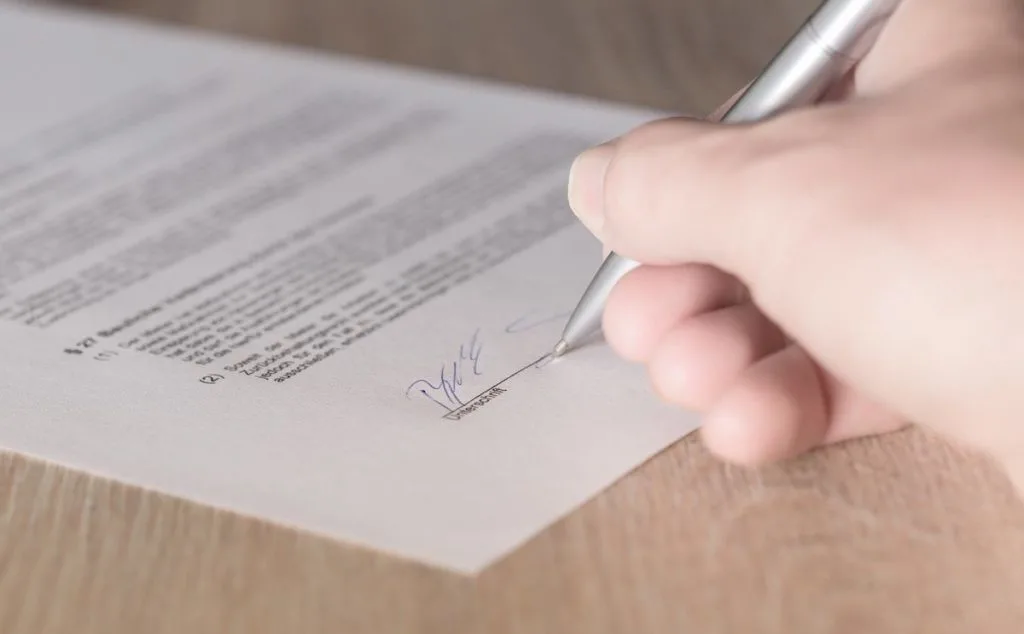People often get confused between Medicare and Medicaid. Medicare is a federally-funded health insurance program for retirees and people with disabilities, while Medicaid is a federal and state program that provides assistance related to medical costs for low-income individuals and families. While most Americans aged 65 or older qualify for Medicare, there is no age limit for Medicaid. However, learning how to get Medicaid will require you to check your eligibility in your state of residence.
So, what are the Medicaid eligibility requirements? How long does it take to get Medicaid approved? Can you use Medicaid to pay for past medical bills? And finally, how does Medicaid eligibility vary by state? In addition to answering these questions, we will provide a complete breakdown to teach you how to get Medicaid and how to get reimbursed for Medicaid as quickly as possible!

Do I qualify for Medicaid?
According to Medicaid.gov, the federal government requires all states to cover “low-income families, qualified pregnant women and children, and individuals receiving Supplemental Security Income (SSI).” However, states can also choose to cover other groups, such as children in foster care or individuals whose income does not fall below the necessary threshold but are nonetheless burdened with high medical costs.
As a result, Medicaid eligibility can vary by state. In fact, many states have multiple Medicaid programs, so even if you don’t qualify for one, you might qualify for another. That said, there are some general rules of thumb that apply nationwide. For example, if you (or your household) make less than 2x the Federal Poverty Level (FPL), you’ll likely qualify. This is especially true if you are elderly, disabled, or the caretaker of a child.
Medicaid income eligibility chart
The FPL varies based on the number of people in your household. As of 2020, the FPL is the same for all 48 contiguous states:
| People in Your Family/Household | Federal Poverty Level |
| 1 | $12,760 |
| 2 | $17,240 |
| 3 | $21,720 |
| 4 | $26,200 |
| 5 | $30,680 |
| 6 | $35,160 |
| 7 | $39,640 |
| 8 | $44,120 |
If your household has more than 8 people, you can add $4,480 for each additional person. However, if you live in Alaska or Hawaii, the FPL income amounts are different. It’s important to remember that these are just the nationwide Federal Poverty Levels. Medicaid income limits by state will vary.
For example, let’s say that you live in a two-person household in Kentucky. Together, your household brings in a total of $22,000 per year. Neither member of your household is over the age of 65, pregnant, or disabled. However, one of the members of your household is under the age of 18. In this situation, you would likely qualify for Medicaid in Kentucky.
However, let’s say that you live in a four-person household in California. In total, your household brings in $38,000 annually. Again, no member of your household is over the age of 65, pregnant, or disabled. However, two of the members of your household are under the age of 18. In this situation, you would not qualify for Medicaid in California.
As you can see, Medicaid requirements can get pretty complicated. Each state has different requirements related to age, income, size of household, pregnancy status, disability status, and caretaker status. Fortunately, you can check the specific requirements for your state via Benefits.gov.

How to get Medicaid
Just as the requirements vary by state, so too does the application process. Fortunately, every state has a State Medicaid Agency that you can contact for more information. Some states allow you to apply online, while other states will require you to submit a physical Medicaid application form. In either case, you will likely need to provide the following information:
- Federal or State Identification (driver’s license, passport, etc.)
- Proof of income (tax returns, pay stubs, etc.)
- Proof of other assets (bank statements or other documentation)
- Proof of disability, if applicable (medical documentation)
- Proof of residence (recent mail, rental receipt, mortgage statement, etc.)
- Proof of insurance (Medicare card, private insurance card, etc.)
Keep in mind that these are the general requirements. Some states may require more or less information to process your application. When you contact your State Medicaid Agency, they will provide you with a list of all necessary information and documentation.
How long does it take to get Medicaid approved?
All states are required to respond to a Medicaid application in 45 days or less. As a result, you can expect the application process to take anywhere between 2-6 weeks. However, if you’re applying for Medicaid with a disability, the application could take up to 90 days.
How to get reimbursed from Medicaid
Requirements for Medicaid reimbursement vary by state. However, you will generally have to send a reimbursement request to your State Medicaid Agency, along with copies of the bill, proof of payment, and proof that Medicaid approved the treatment. The length of time to receive Medicaid reimbursement will depend on a variety of factors. That said, you can generally expect a response from Medicaid in less than 30 days.
How do I get Medicaid to pay for past medical bills?
If you have existing medical bills prior to acquiring Medicaid coverage, you may be able to get assistance through a service known as Retroactive Medicaid. All states have some form of Retroactive Medicaid. However, depending on where you live, you may only be able to request reimbursement on medical bills that are one, two, or three months old.
It’s also important to note that Retroactive Medicaid does not apply to all medical treatment. Medicaid must deem the treatment medically necessary. Furthermore, the treatment must fall within certain categories, including, but not limited to:
- Doctor appointments
- Durable Medical Equipment (DME)
- Home healthcare
- Hospice care
- In-patient and out-patient hospital care
- Laboratory work, x-rays, and imaging
- Nursing home care
- Prescription drugs
Like most processes related to Medicaid, the application process for Retroactive Medicaid varies by states. In some states, you can simply use the same Medicaid application form and check a few extra boxes; in other states, you will need to use an entirely different form.
The Bottom Line
Medicaid is a much-needed program for millions of Americans. In addition to programs like Medicare, Medicaid helps lower medical costs for those who need help the most. Even though the qualification and application process can get tricky, you can easily learn how to get Medicaid and start the application process by checking Benefits.gov or contacting your State Medicaid Agency today!
Learn more about the differences between Medicare and Medicaid!

